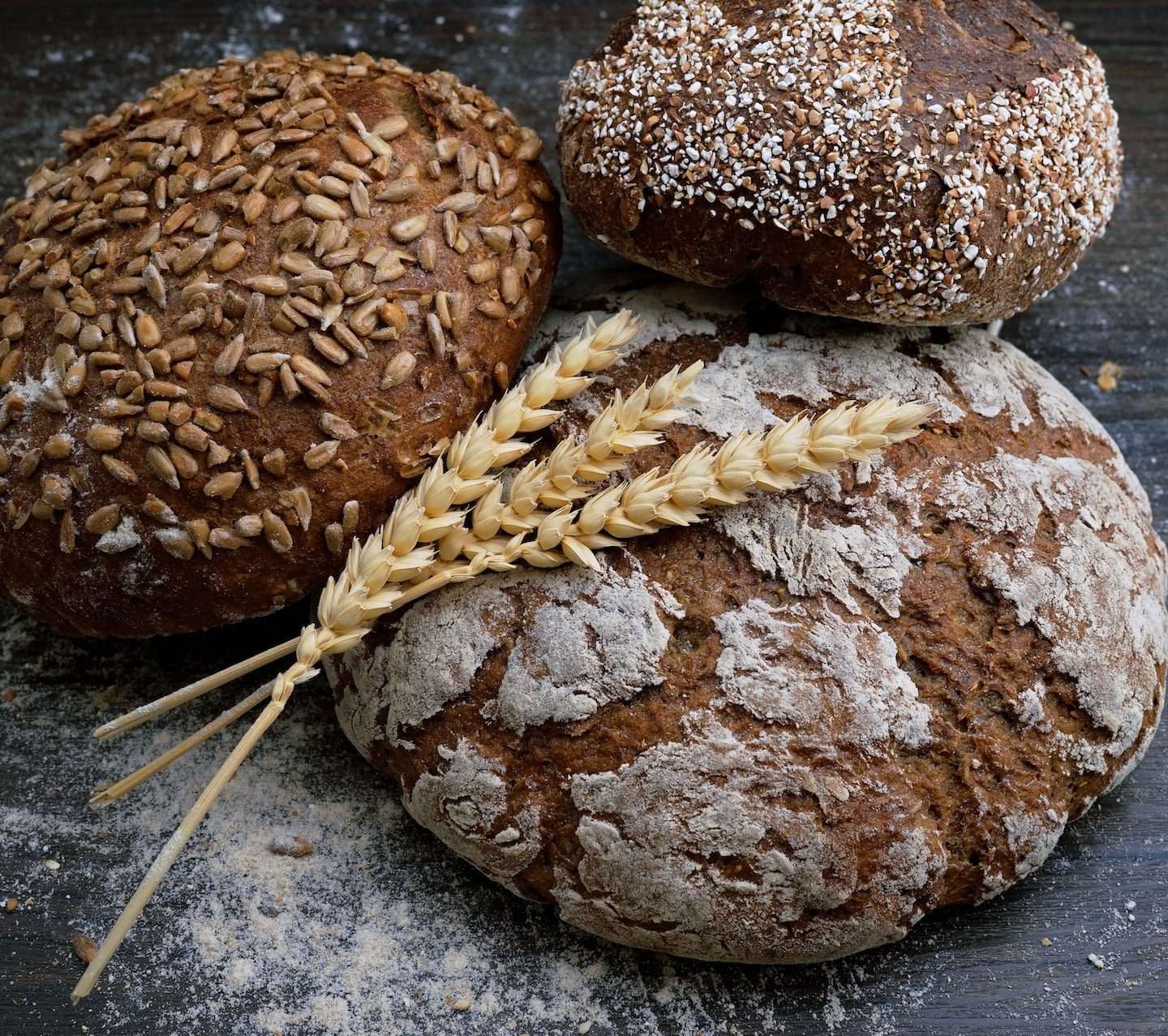As you first dive into the world of gluten-free eating, everything seems simple enough. You look for a label that says the ingredients or food are gluten-free, and enjoy yourself! However, things aren’t that simple.
For example, for a food to be labeled gluten-free, it has to have less than 20 ppm of gluten. That means that people with extreme gluten sensitivity may not be able to eat it without reacting.
Here are five other things you didn’t know about gluten-free foods that you need to know.
1. They Can Be Very Unhealthy
There’s a common belief that gluten-free foods are healthier than foods that contain gluten, but this isn’t always true. Some gluten-free foods, such as bread or cookies, taste bland compared to their gluten-containing counterparts. Manufacturers make up for that by putting more sugar in, which can make you pack on the pounds.
2. Gluten-Free Foods Aren’t Always Fortified With Vitamins And Nutrients
Many processed foods are fortified with essential vitamins and nutrients, such as Vitamin K, to ensure everyone gets their daily intake. However, gluten-free foods are more likely to be more natural and less processed. That means you might not be getting the same number of vitamins and nutrients from gluten-free food as other foods. Always remember to read nutrition labels.
3. Many Foods Are Naturally Gluten-Free
Most people assume they must search for a gluten-free sticker to enjoy gluten-free foods, but that’s false. Many foods in their natural state are gluten-free. This includes fresh fruits and vegetables.
Gluten is often added when those foods are processed or turned into other foods. For example, peaches are gluten-free. However, when a person makes peach pie or a manufacturer adds wheat as a preservative to a can of peaches, it creates a food that contains gluten.
4. There Are Plenty Of Gluten-Free Junk Foods
Because fresh fruits and vegetables are naturally gluten-free, many assume that gluten-free means eating healthier. However, everyone can enjoy plenty of gluten-free junk foods, including people with Celiac Disease. Some gluten-free junk food includes:
- Milk chocolate Hershey bars
- Plain Hershey kisses
- Potato chips
- Tortilla chips
You can also find gluten-free cookies and cake mix stocked at most grocery stores. However, it’s essential to read the label.
If a food is not labeled gluten-free, there may be a risk of cross-contamination. For example, if potato chips are processed on the same equipment as foods that contain gluten, they may have gluten in them even if it’s not listed on the label.
5. Gluten-Free Food Is Usually More Expensive
Before you head to the grocery store, it’s important to know that going gluten-free will be expensive. For example, I bought a pack of gluten-free English muffins to make breakfast sandwiches. They were $10, compared to the $3 the gluten-containing English muffins cost. Prices vary depending on the brand and your location, but you can expect to pay more, particularly for gluten-free bread products.
This is because they are more expensive to make. Gluten-containing ingredients, such as wheat, are readily available in ample supply. Because of that, wheat is cheaper. Almond flour is not as abundant and takes longer to make. Because of that, it’s more expensive, and so are products made from almond flour.
Final Thoughts
Going gluten-free can be extremely healthy as long as you read the labels and make the right choices. However, processed food at the store can still be packed with chemicals and unnecessary sugar, even if it’s gluten-free. For a healthier choice, check out glutenfreepalate.com for many easy recipes you can make at home.
